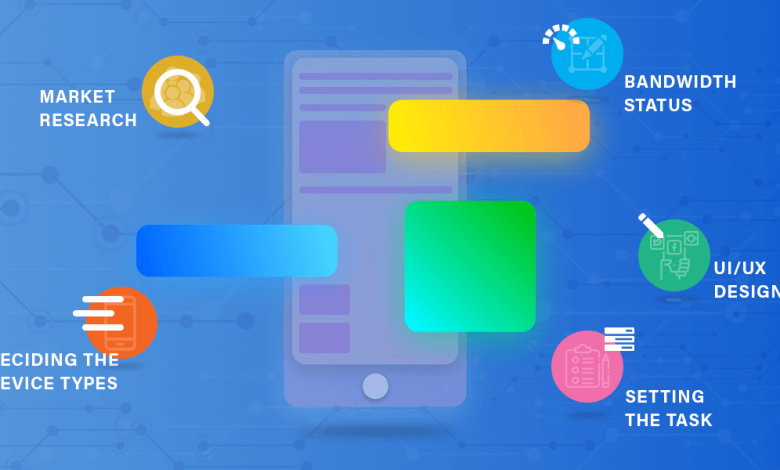Mobile App Architecture: A Comprehensive Guide

Mobile app architecture refers to the design and organization of the various components of a mobile application. It includes the software and hardware components, user interface, data storage, networking, and security features. A well-designed mobile app architecture ensures the app’s performance, scalability, and maintainability. In this article, we’ll explore the different aspects of mobile app architecture and how to design a robust and scalable architecture.
Types of Mobile App Architecture
There are two main types of mobile app architecture: monolithic and microservices. A monolithic architecture consists of a single, self-contained application that contains all the necessary components such as the user interface, business logic, and database. In contrast, a microservices architecture divides the application into smaller, independent services that communicate with each other using APIs. Microservices architecture offers greater scalability, flexibility, and fault tolerance compared to monolithic architecture.
Components of Mobile App Architecture
A typical mobile app architecture consists of the following components:
User Interface: The user interface (UI) is the front-end of the mobile app that users interact with. It includes the layout, design, and navigation of the app.
Backend: The backend consists of the server-side components of the app, including the business logic, database, and APIs.
Data Storage: Data storage is a critical component of mobile app architecture, as it determines how data is stored and accessed by the app. There are several options for data storage, including local storage, cloud storage, and databases.
Networking: Networking refers to the communication between the mobile app and the server-side components. It includes data transfer protocols, such as HTTP, TCP/IP, and SSL.
Security: Security is an essential aspect of mobile app architecture. It includes authentication, authorization, and encryption to protect the app from unauthorized access and data breaches.
Best Practices for Mobile App Architecture Here are some best practices for designing a robust and scalable mobile app architecture:
Choose the right architecture type: Depending on your app’s requirements, choose the architecture type that best suits your needs.
Modularize your app: Divide your app into smaller, independent modules to improve scalability and maintainability.
Use APIs for communication: Use APIs to communicate between the different components of your app, as it offers greater flexibility and decoupling.
Optimize data storage: Choose the right data storage option based on your app’s requirements, and optimize data storage to ensure efficient data retrieval.
Use caching: Use caching to improve app performance and reduce network latency. Prioritize security: Make sure your app is secure by implementing authentication, authorization, and encryption mechanisms.
Conclusion
Mobile app architecture plays a crucial role in the success of any mobile application. A well-designed architecture ensures the app’s performance, scalability, and maintainability. By following the best practices outlined in this article, you can design a robust and scalable mobile app architecture that meets your app’s requirements. For more information about mobile app development and architecture, visit Soft Suave.




